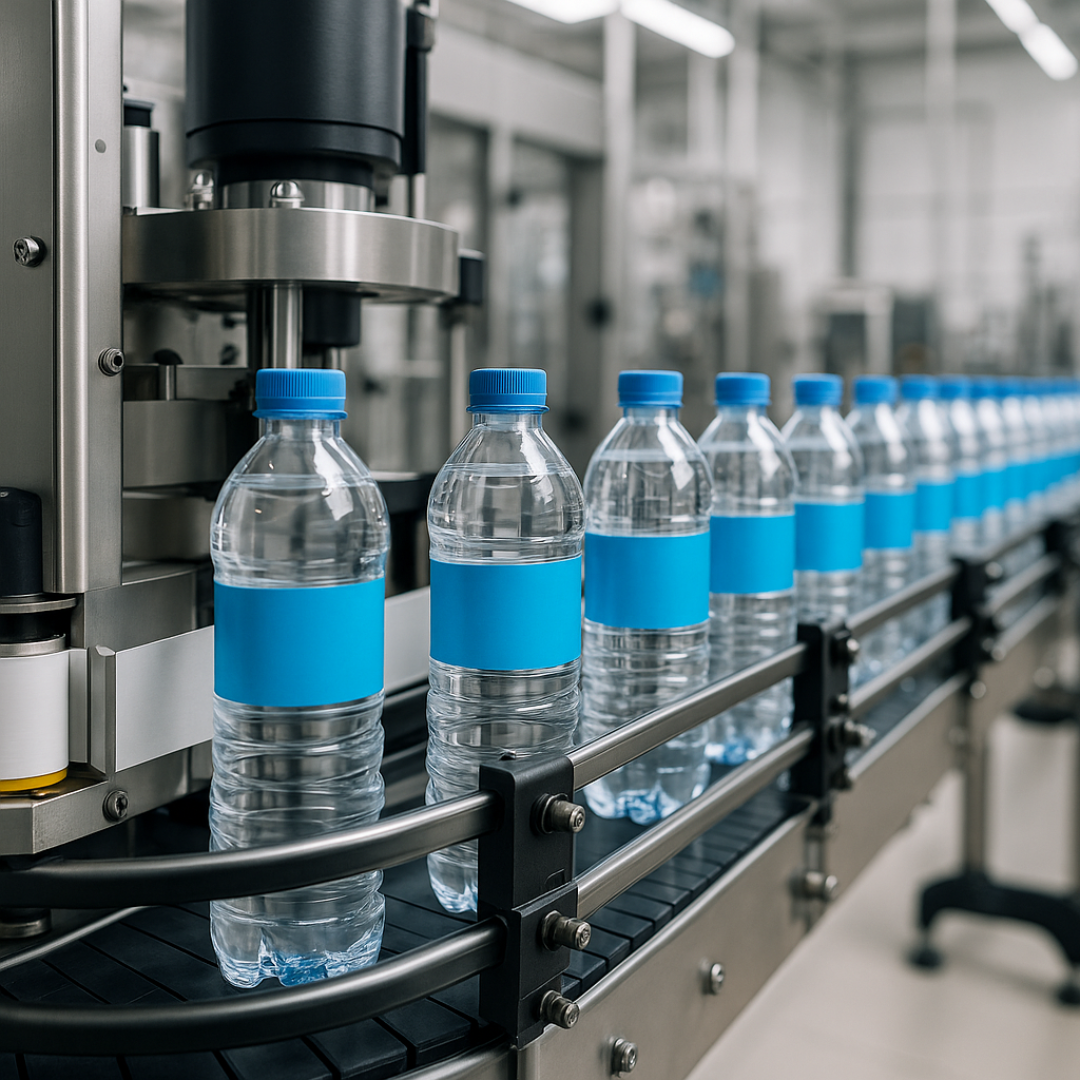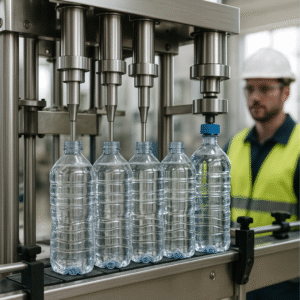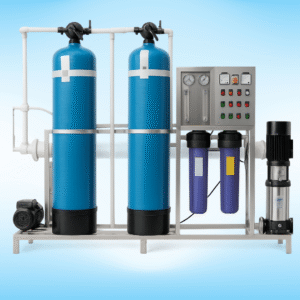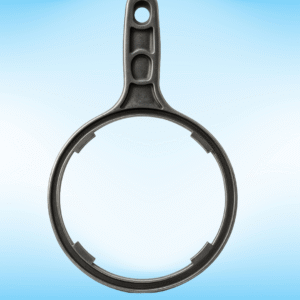Introduction
After years working with industrial material handling systems across printing, packaging, and distribution centers, I’ve come to understand that the foundation of modern commerce isn’t just about moving products—it’s about doing so with intelligent precision. The conveyor system landscape has shifted dramatically from what many perceive as simple belt-driven equipment into something far more sophisticated. What initially appears as straightforward conveyors quickly transporting items is actually a versatile, reliable orchestration of multiple systems working in seamless integration.
When we examine why commerce demands such rigor, we find that accuracy in product positioning and label application has become non-negotiable in high-volume environments. I’ve witnessed how the difference between efficient operations and chaotic ones often hinges on a system’s ability to maintain hyper-accurate precision while handling products of varying shapes, sizes, and weights. The DCMove Industrial Conveyor, for instance, represents this evolution—designed for maximum productivity with its v-guided belt tracking and rack and pinion belt tensioning, capable of shouldering up to 181 kg loads while delivering speeds up to 183 m/min. These aren’t merely technical specifications; they’re evidence of how automation has fundamentally transformed what accuracy means in real production environments.
What strikes me most is how flexibility and durable build characteristics work in tandem—easily reconfigured systems that can be customized in length, width, and belt type (whether flat or cleated), ranging from 254 to 1,219 mm, don’t sacrifice their ability to perform reliably under the toughest industrial environments. The shift from manual labeling to integrated print, apply label operations has fundamentally changed how warehouses and fulfillment centers approach order management. Behind every successful labeling operation lies an often-overlooked reality: the integration of printing, labeling machinery, and conveyor belt technology demands sophisticated understanding of workflow dynamics, especially when considering how automatic label applicators must apply text, graphics, and barcodes with the right amount of pressure while your line runs at maximum speed. From my perspective, understanding that products, packages, boxes, bottles, jars, containers, envelopes, sleeves, folding cartons, and even pallets require fundamentally different labeling approaches—all within a single system—reveals why adaptability has become essential rather than optional. The customization options available today, from RFID tags affixing to expiration dates tracking for perishable items, showcase how far we’ve come from basic product identification toward intelligent product tracking and compliance automation.
Why Precision Is Critical for Print and Apply Labels
The difference between printed information that arrives where it’s supposed to and one that doesn’t often comes down to a single measurement—sometimes measured in millimeters. I’ve watched production lines fail silently, not because machines broke down, but because labeling systems drifted just enough that product identification became compromised. When you’re dealing with perishable items requiring expiration dates, or when tracking shipments through distribution networks, that precision transforms from a nice-to-have into a business imperative. The accurate placement of labels on containers, whether they’re glass, plastic, or folding cartons, determines whether your packages reach customers correctly labeled or create chaos at the destination. Applying labels with high-precision doesn’t just mean your products look professional—it ensures that manufactured goods are labeled and distributed correctly, preventing costly rework and customer dissatisfaction that ripples through your entire operation.
What I’ve discovered through years of observing production running is that precision labeling acts as an early warning system for operational problems. When label applicator options like Tamp, Synchronous Feed, Corner Wrap, or Adjacent Panel are deployed with attention to exactness, they identify issues before they cascade. A versatile system that’s designed to maintain accurate, secure label application across varying materials—from paper goods to retail items—becomes the backbone that reliably keeps workflows moving. The programmed precise placement of single label or multiple labels applied sequentially through inline labeling means your specific information reaches the right location every time, reducing errors, saving time and money, and ultimately meeting the requirements that define operational excellence. Whether you’re running 150+ products per minute or managing high-speed warehouse operations, this commitment to precision improving consistency across every cycle is what separates operations that merely function from those that truly perform reliably.
Integrating Print and Apply Labeling with Precision Conveyors
Throughout my years working with high-volume e-commerce environments, I’ve witnessed firsthand how integration of printer and equipment can either transform or devastate warehouse operations. The reality isn’t as straightforward as simply bolting a labeling system onto existing infrastructure. When you’re facing conveyance speed demands that push hundreds of products per minute through your facility, every millisecond matters. I’ve consulted with operations managers who discovered that mislabeled items in large volume scenarios don’t just create small hiccups—they cascade into costly challenges that multiply exponentially. The critical components of a successful integration demand that your printer and conveyor belt labelers communicate flawlessly, otherwise you’re watching incorrect labeling compound into delayed shipments and reshipping costs that consume profit margins like nothing else. What separates thriving operations from struggling ones isn’t always the technology itself, but rather the strategic alignment of conveyance speed, application methods, and human workflow. When I’ve seen in-line labeling applied sequentially with highly-accurate product identification, paired with systems that can identify and track inventory simultaneously, the impact on fulfillment timelines becomes measurable and undeniable. The difference between not positioned correctly versus precisely placed labels determines whether you’re building customer loyalty or watching frustrated clients take their business elsewhere.
LABEL CONVEYOR — Trusted by professionals for high-precision labeling. Get unmatched accuracy, flexibility, and reliability for every production environment.




